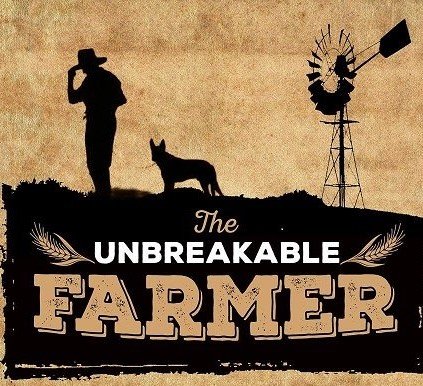Sleeping with the Enemy
With the recently, much publicised, high profile mental health battles and suicides in the news, sadly it reminds us that we still understand so very little about the individual battle that someone experiencing anxiety and depression goes through. Often to the outside world things can look normal, hidden behind masks the illness is silent and invisible. For the person who is struggling with depression or anxiety the battle is real, it can be like Sleeping with the Enemy.
Mental illness doesn’t discriminate, the thing that you rarely hear in the news, is that mental illness and suicide is common and doesn’t just affect high profile people, across the nation the facts are alarming.
Here are some facts from Black Dog Institute
One in five (20%) Australians aged 16-85 experience a mental illness in any year. The most common mental illnesses are depressive, anxiety and substance use disorder. These three types of mental illnesses often occur in combination. For example, a person with an anxiety disorder could also develop depression, or a person with depression might misuse alcohol or other drugs, in an effort to self-medicate.
54% of people with mental illness do not access any treatment [4]. This is worsened by delayed treatment due to serious problems in detection and accurate diagnosis. The proportion of people with mental illness accessing treatment is half that of people with physical disorders [5].
Every day, at least six Australians die from suicide and a further thirty people will attempt to take their own life [6]. While suicide accounts for only a relatively small proportion (1.6%) of all deaths in Australia, it does account for a greater proportion of deaths from all causes within specific age groups. For example, suicide is the leading cause of death for people Australians aged 25-44 and second leading cause of death for young people aged 15-24 [7]. Australians are more likely to die by suicide than skin cancer, yet we know comparatively little about the processes that lead to suicide and how and when to effectively intervene.
Men are at greatest risk of suicide but least likely to seek help. In 2011 men accounted for over three quarters (76%) of deaths from suicide. However, an estimated 72% of males don’t seek help for mental disorders. Other groups that are at greatest risk include: Indigenous Australians, who experience an overall rate of suicide more than double that of non-Indigenous Australians [9], the LGBTI community, who experience a rate of attempted suicide four times that of those identifying as straight [10], people in rural and remote areas, and children [6, 11].
Attempted suicide is also an important issue with estimates that in Australia around 65,300 people a year attempt to take their own lives, the majority being women.
How can we make inroads on these statistics?
It needs a whole community approach to normalise the conversation about mental health in our communities and nurture a safe environment that removes the stigma making it more acceptable for people to seek help. This starts with awareness and education, followed by acknowledgement. The final and most important step is to take action. In following blog posts I explain each of these steps in more detail.
If you are in an emergency, or at immediate risk of harm to yourself or others, please contact emergency services on 000
If you need help in a crisis call Lifeline on 13 11 14 or Virtual Psychologist on Phone: 1300 665 234 or Text: 0488 807 266 or start the conversation with your GP or Support Network.
Further Information.check out the Love Me Love You website.
Are you looking for a speaker to inspire the people attending your next conference? Or are you looking to create an Unbreakable team or community at one of his workshops? Warren Davies -The Unbreakable Farmer has something to offer. Contact me: via The Unbreakable Farmer Website or theunbreakablefarmer@gmail.com
Tagged: mental health, suicide prevention, mental health awareness, support
